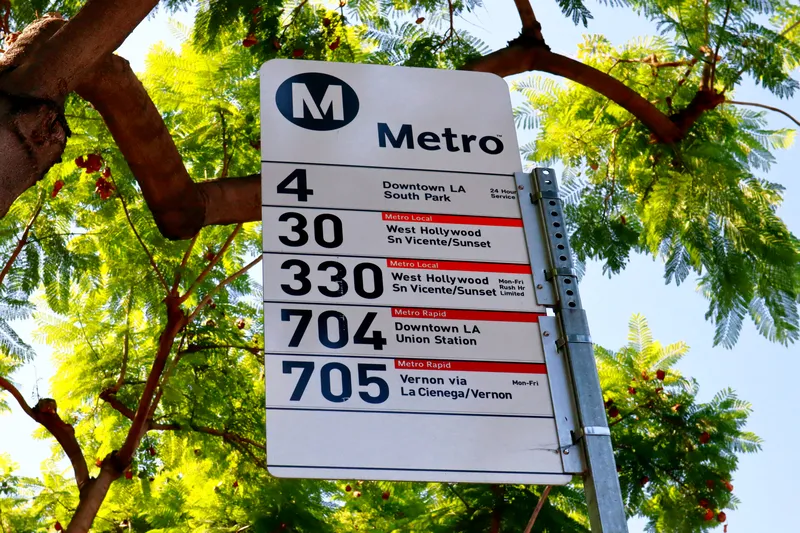Pitney Bowes Business Insight has announced that Balfour Beatty WorkPlace has chosen Confirm OnDemand – PBBI’s on-demand-based infrastructure asset maintenance and management system – to support its US$158 million Highways Services Partnership with Southampton City Council in the UK. Southampton City Council had previously been using Confirm as an on-premise application to manage its highways maintenance programme. Through integration with PBBI’s MapInfo Professional location intelligence GIS software, the
May 18, 2012
Read time: 2 mins
Southampton City Council had previously been using Confirm as an on-premise application to manage its highways maintenance programme. Through integration with PBBI’s MapInfo Professional location intelligence GIS software, the Council was able to pinpoint defects in the road network and associated assets and expedite the necessary repairs. On taking up the highways contract, Balfour Beatty WorkPlace identified that moving to Confirm OnDemand provided an ideal solution by significantly reducing hardware, implementation and management costs. This is because Southampton’s Confirm OnDemand system is run as part of a multi-tenanted infrastructure where hardware and management costs are effectively shared between organisations.
Confirm is a modular software solution for the maintenance and management of public infrastructure assets and services including highways, lights, structures, street works, property maintenance, grounds, trees, cleansing and waste.










